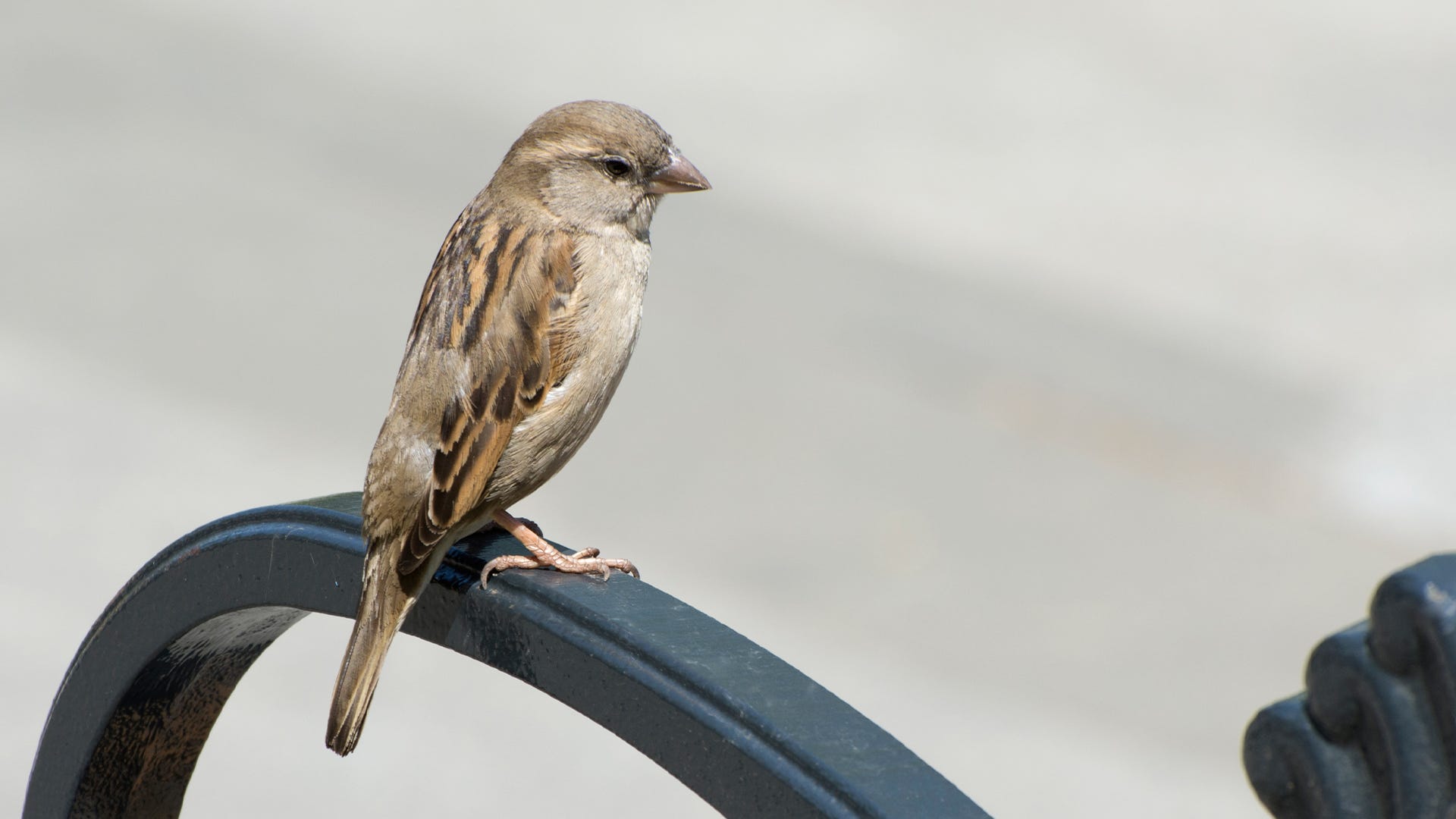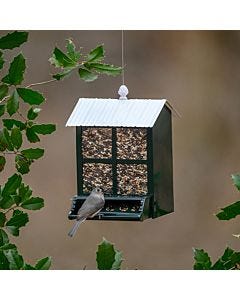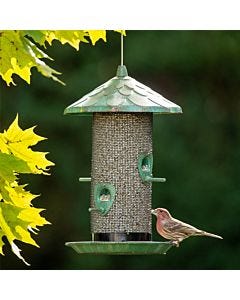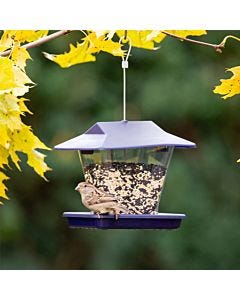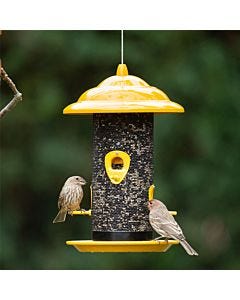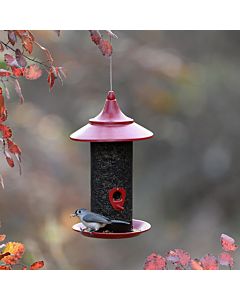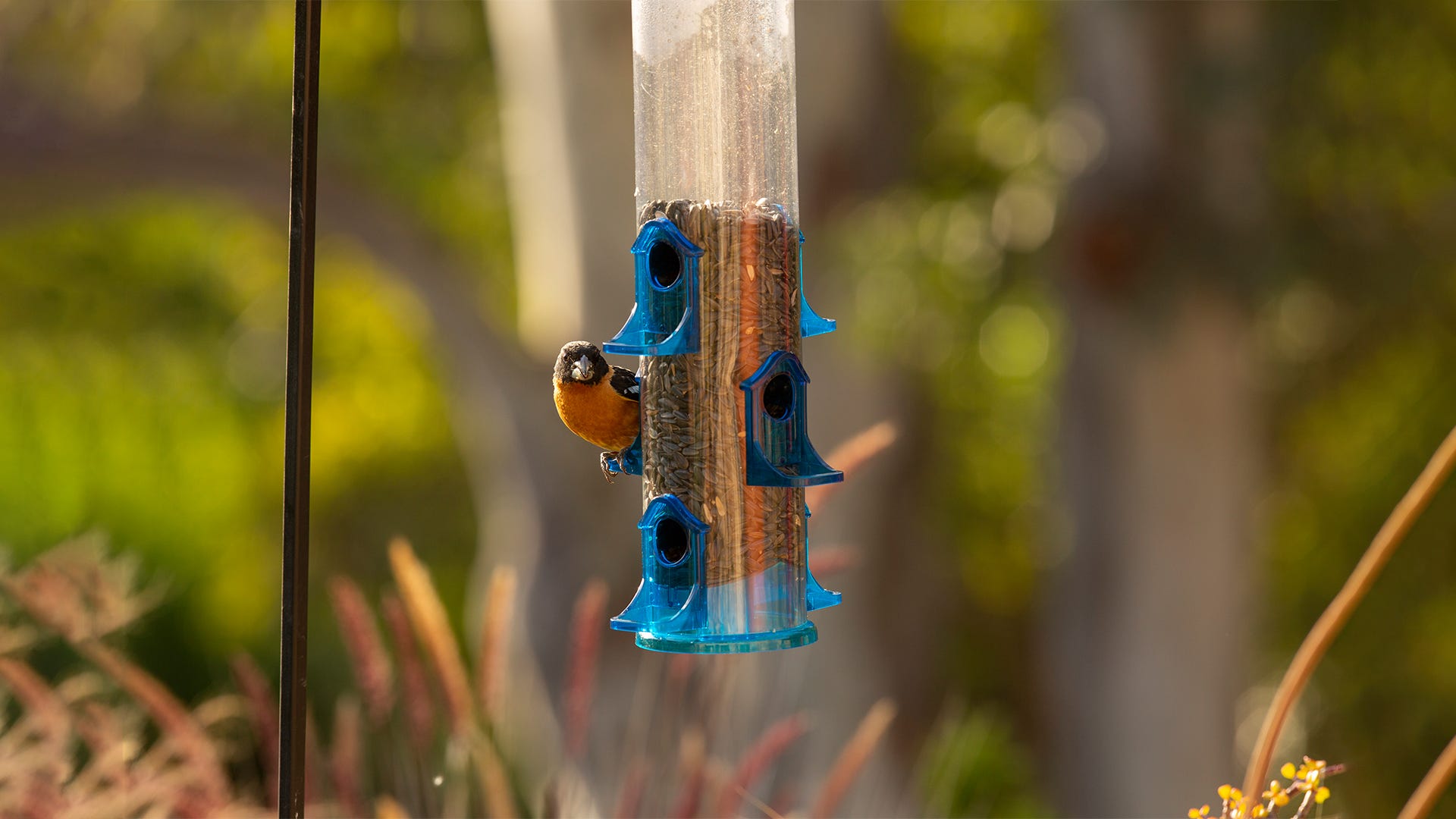Think back to the very first bird that you’ve seen or recognized…is it the sparrow? These birds are abundant and easily recognizable, and typically the first species that birdwatchers find themselves observing. How much do you know about these birds? Learn all about the sparrow here!
Environment and Habitat
Sparrows are passerine birds, which are perching, very vocal birds. They can be found on every continent besides Antarctica. Sparrows are split into two principal families; old world sparrows, which are widespread in Europe, Asia, and Africa, and new world sparrows, which are the sparrows that are common in North and South America.
Sparrows prefer to live close to human dwellings where they can find bird feeders and forage for food. Rarely will you find them in forests or desert environments. Popular in cities and urban areas, these are birds that you can spot anywhere!
Appearance
When it comes to sparrows, there are more than 50 different species of them. “Sparrow” is a term that covers a variety of small, brown/grey birds. They range in size and color, but often have the same distinguishable characteristics of a stout body, rounded wings, and a broad head. Sparrows tend to have a small, chunky appearance.
Most sparrows have a brown plumage that camouflages them in their surroundings, which makes them harder to find. Male sparrows have red backs and black bibs, where females typically have brown backs with white stripes. In some species, bright markings can make them stand out. Black, yellow, and chestnut markings are common on different types of sparrows.
Some of the most common species found in North America are the song sparrow, chipping sparrow, white-crowned sparrow, lark sparrow, golden-crowned sparrow, white-throated sparrow, and the savannah sparrow.
Mannerisms and Social Habits
Sparrows live in colonies and are social creatures. Typically flocking, they are only found in pairs or family groups during the spring and summer breeding season. However, in the fall and winter, they are known to mix flocks with different sparrow species and other small birds (like wrens and chickadees).
When sparrows forage, they typically stay low to the ground in trees or shrubbery for cover. Hopping on both feet while feeding creates a distinguishable sound to bird watchers. It’s common for these birds to be easily startled, so they often flutter about instead of staying in one place.
Feeding
These birds are surrounded by a man-made environment, so they often forage and scavenge for food that humans leave behind. Small insects, seeds, fruits, scraps of food, and anything that they can find to consume usually make up the diet of sparrows. This makes them very adaptable, and one of the reasons why they are found in most places.
Providing food is a great way to bring sparrows closer to your home. The Perky-Pet® Squirrel-Be-Gone® Max Pinecone Bird Feeder with Flexports® is perfecting for attracting sparrows and many other common backyard birds. The patented port design allows wary birds like sparrows to feed from a more natural position outside of the port, making them feel safer and more comfortable.
Sparrow-Approved Feeders
Nesting
Sparrows often nest under roofs, bridges, tree hollows, holes in walls, in climbing plants that grow on walls, and any other hidden places where predators cannot get to them. Typically, they are found around human dwellings as it’s easier to find food. When feeling threatened, these birds can turn aggressive to defend their territory.
Building their nests between February and May, sparrows use whatever material they can find. This might include dried vegetation, feathers, string, hair, and grass. Often times, the birds will stuff these materials into holes of structures and create a nest that way.
Facts About Sparrows
Although at first glance, these birds might seem common and not that interesting, they are a unique species with fascinating attributes! Here are some interesting facts about sparrows:
- Monogamy – When it comes to raising young, the female and the male take care of their babies. A small percentage of their eggs contain DNA from both parents, so it’s believed they are monogamous.
- Swimming – Sparrows aren’t water birds but are known to be able to swim fast to escape from certain predators!
- Nests and eggs – Sparrows typically raise three nests of 3-5 eggs in their lifetime. Both the male and female birds help incubate the eggs for about 13 days.
- Flying Fast – These birds can fly up to about 24 miles per hour. When under pressure or escaping from a predator, they can reach 31 mph!
- Age – In the wild, sparrows can live up to 5 years.
To learn more about sparrows and more specific kinds, you can check out our bird library!
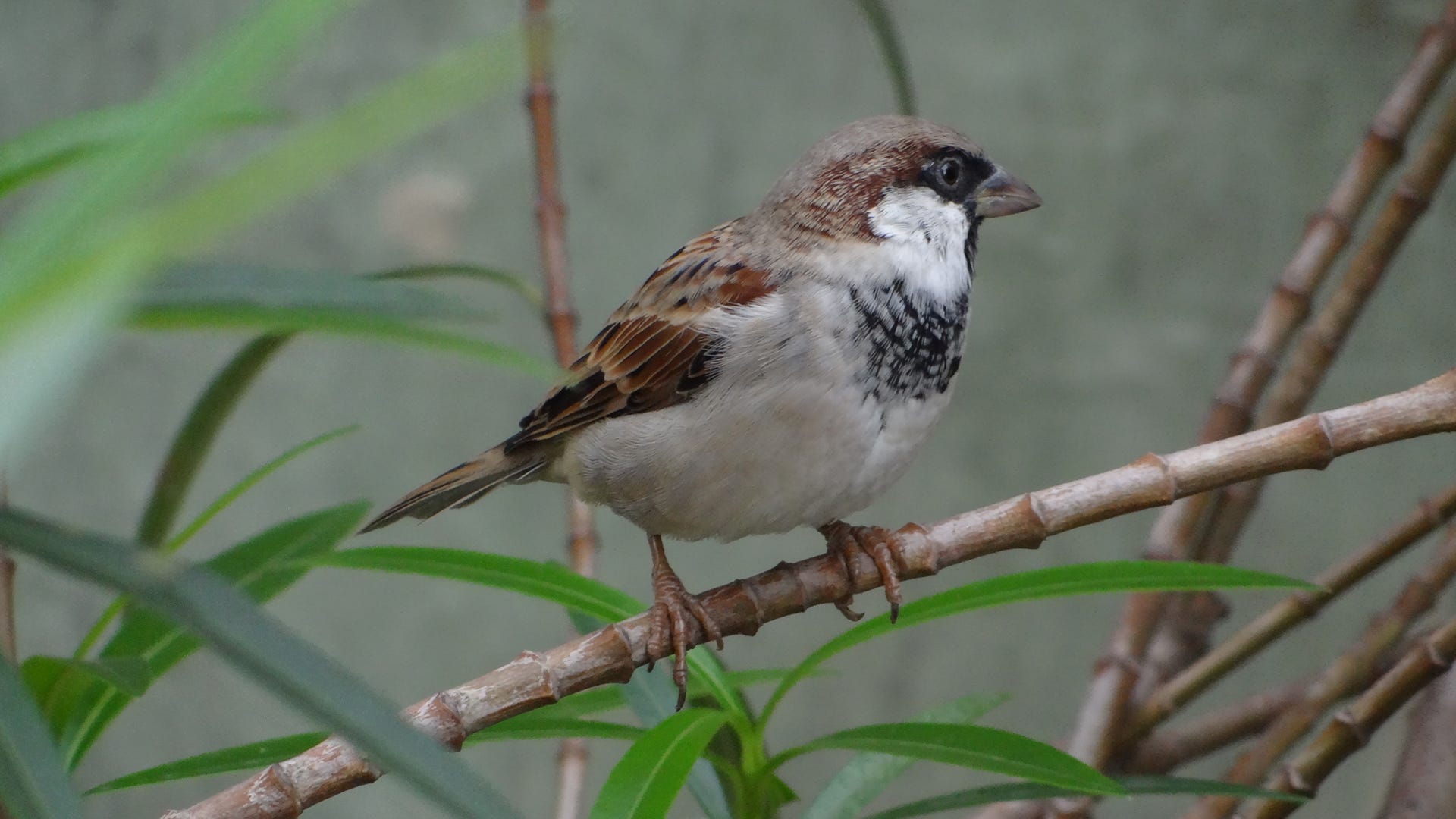
Learn More
Although sparrows are quite common and are often overlooked, they are birds that you can enjoy fluttering and singing in your yard. Tell us about your experiences with sparrows on our Facebook Page! Be sure to sign up for our e-newsletter to get the latest info about birding, and the latest feeder details that we have here at Perky-Pet®!





